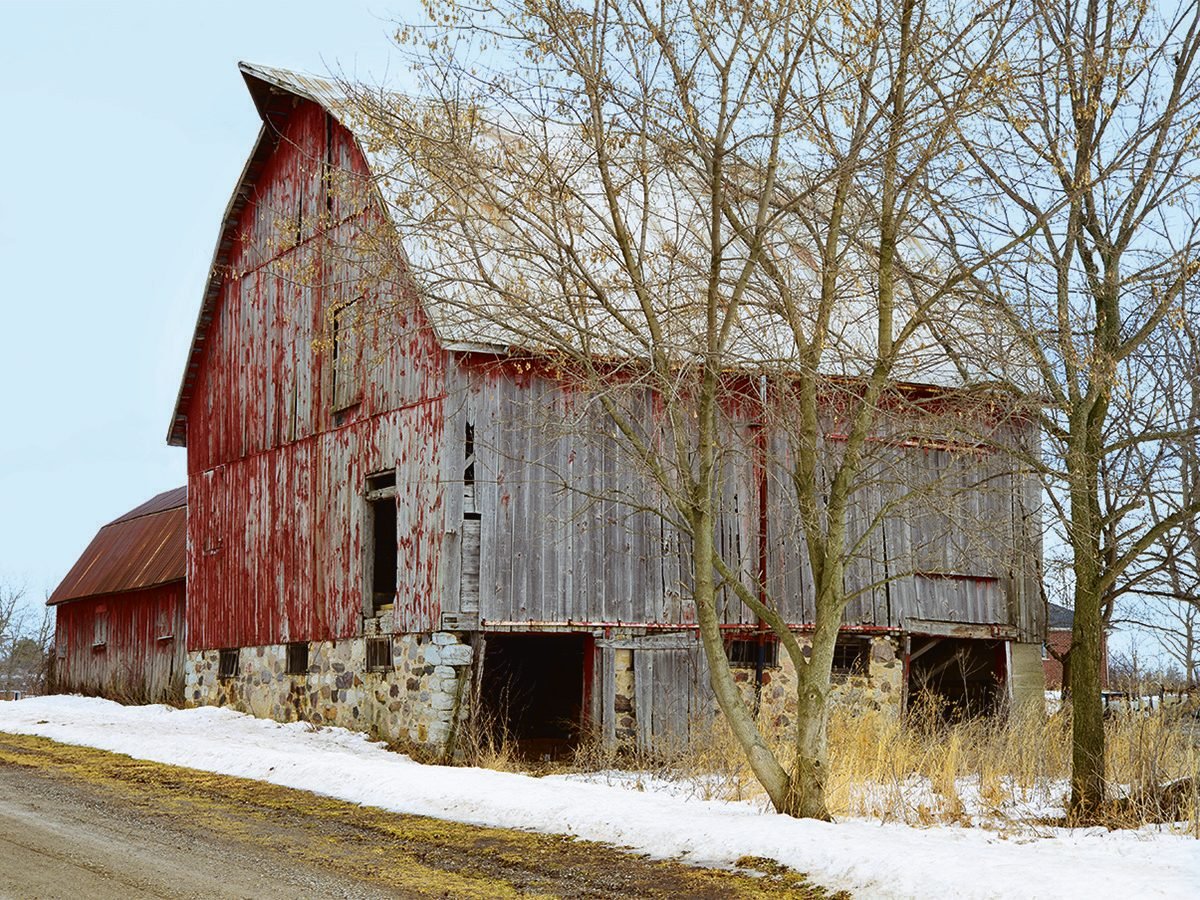
Photographing the Abandoned Barns of the St. Thomas Region
I first took up photography in earnest back in 1979, using a 35-mm camera with a basic wide angle and a telephoto lens. Although I was able to take a lot of excellent photos with that camera, I could never be sure what the photos looked like until I paid to develop the complete roll! I have since progressed to a full-frame digital camera with two great lenses. The advantages of digital are many, including the fact that you can take all the photos you want at various exposures, check them out on your computer and save only the ones you want to keep.
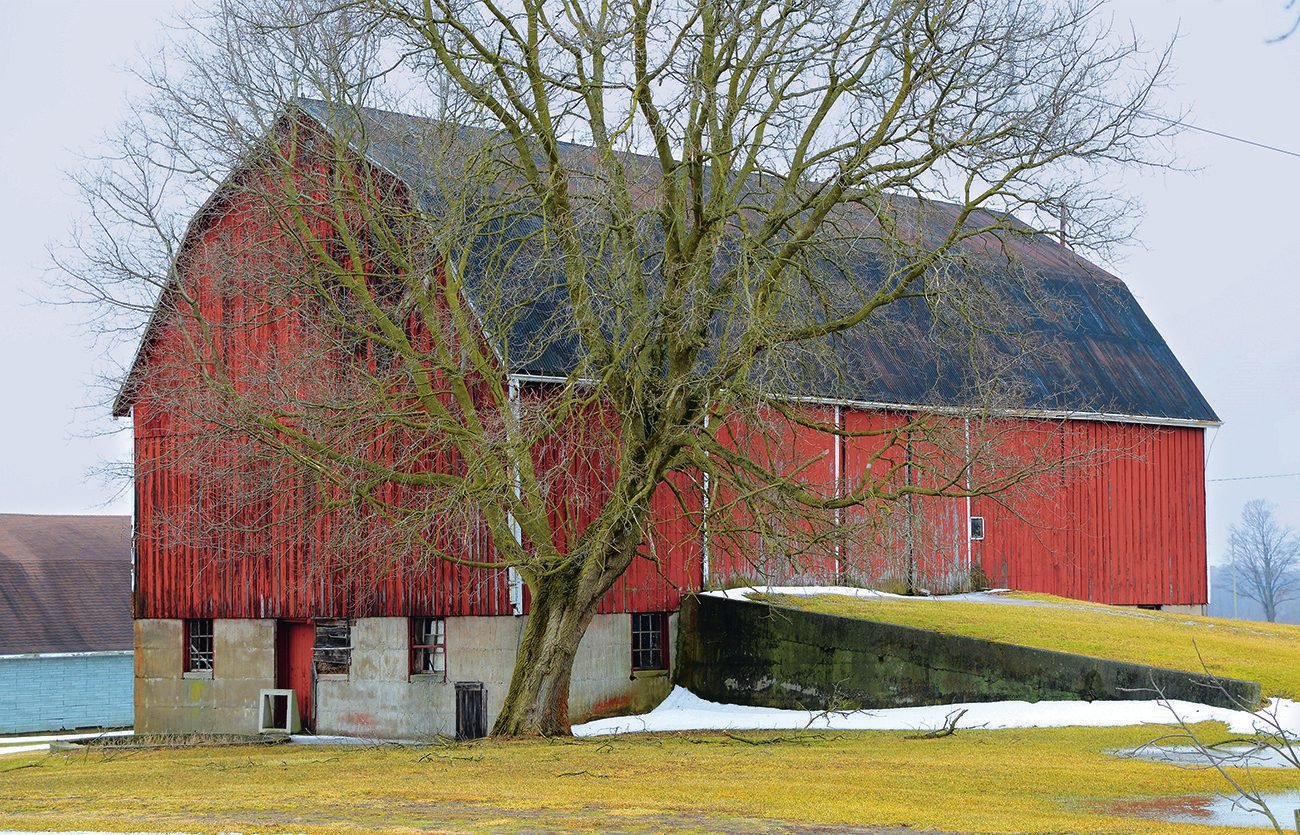
Tips for Photographing Abandoned Barns
It’s interesting how you can photograph the same subject several times in one day and capture a different result each time, depending on the location of the sun, cloud cover, and location of the point of view. I learned through experience that my best colour photos are taken on cloudy days, but it is hard to exclude sunny-day shadows for good contrast.
Discover six hidden gems across Ontario.
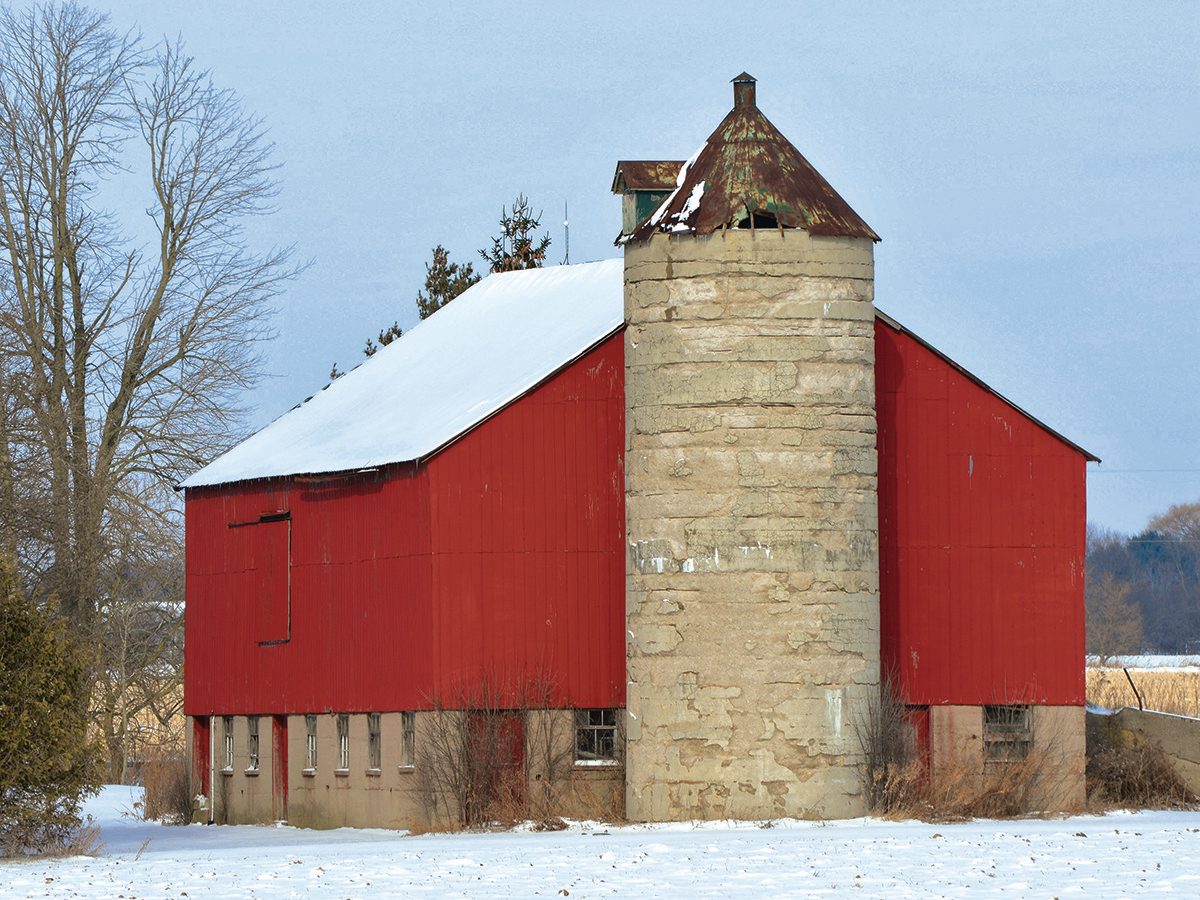
The Allure of Abandoned Barns
I enjoy taking on photo projects, one of which was to photograph barn quilts. A barn quilt is basically a large piece of painted wood that looks like a single quilt block, which decorates the side of a barn. During one of our local trips to capture these photos, and after I commented about the many abandoned barns we came across, my wife Mary Lynn suggested I photograph these old abandoned barns. Many of them were built in the late 1800s and are still standing today.
Don’t miss this gallery of hauntingly beautiful Canadian photography.
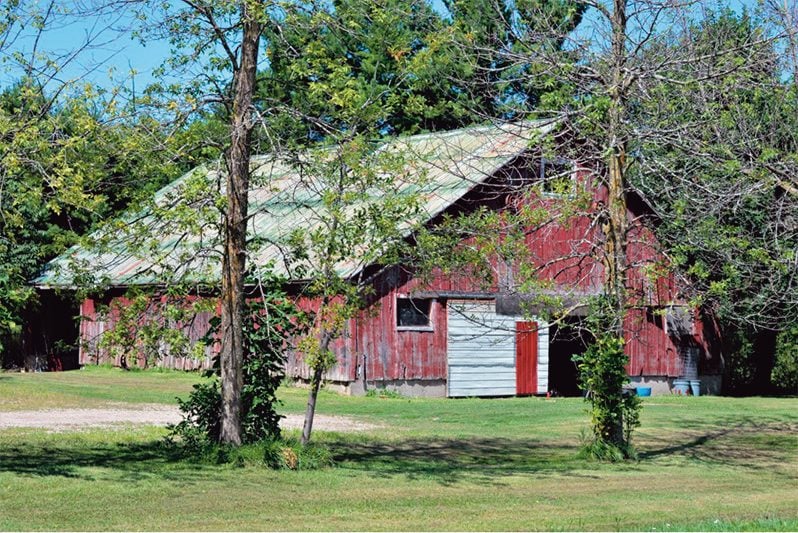
The Elsinore Church Shed
While I was growing up in Bruce County, my father bought a “church shed,” dismantled it, and with help from a barn framer, assembled it on our property. A church shed is an old term my dad used, and if he used it, likely a lot of people of his generation did as well. It was a clear-span shed, meaning it rested on the outside walls (no posts or beams) and was traditionally on the same lot as the local church. It provided shelter for the horses and buggies or sleighs, while people were attending church services. The clear span inside meant that the horse-drawn vehicles could make a turn to go back out the single door without getting caught up on a post. I clearly remember the one on our property, and have been interested in the history of barns ever since. To this day, terms such as “top plate, girt, corner post, brace, bent, mortise and tenon” still come to mind whenever I see different barns.
If these abandoned barns are your cup of tea, you’ll love these great Canadian railway photos.
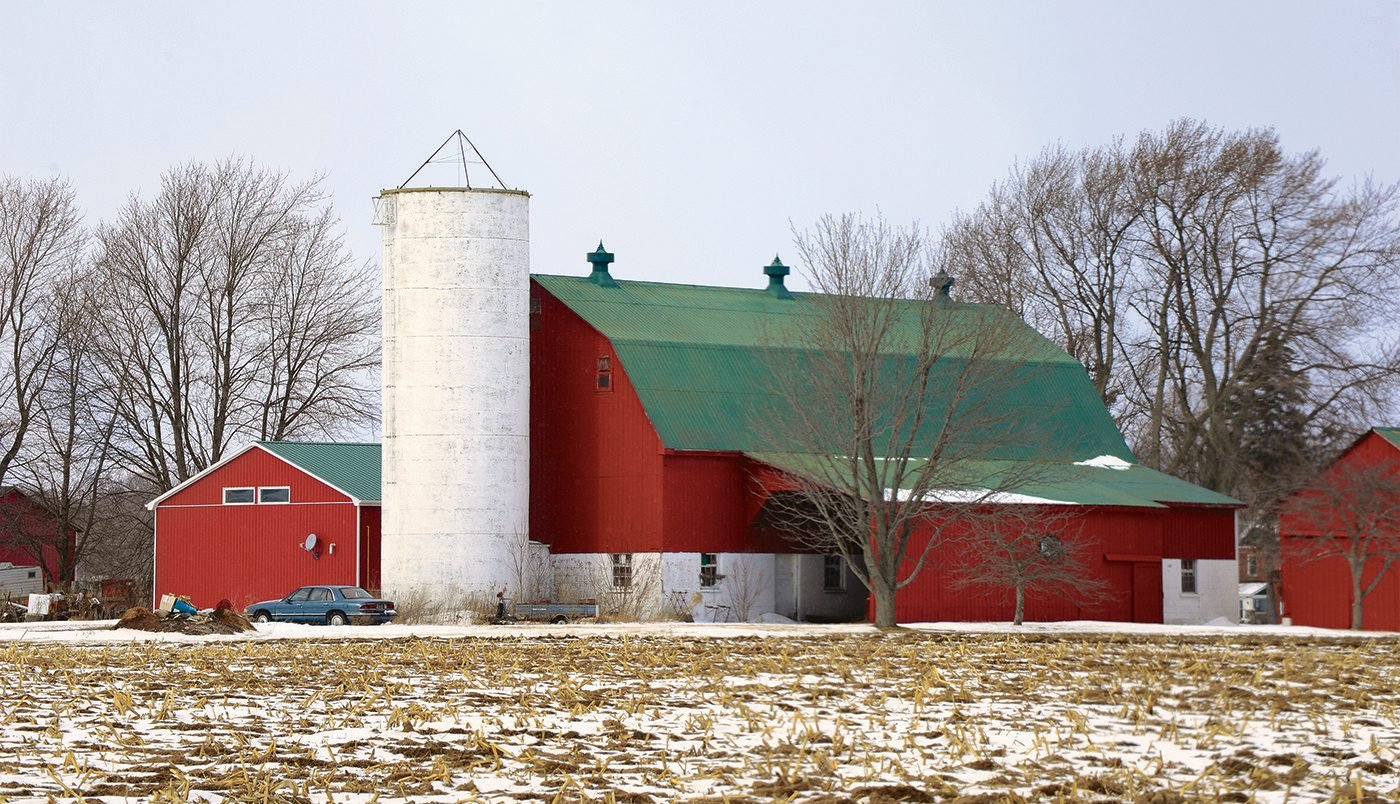
Changing Times
In the immediate area around St. Thomas, many original 100-acre farms have reverted from the family farm to one of a residence with a barn and perhaps surrounding sheds with a 98-acre field. The fences of the original fields have been cleared, changing the farm into a huge field that is joined with other farms, allowing for the practice of cash cropping, using larger equipment. The days of the family farm are fast disappearing. We are left with original owners who are often retired, or tenants who have no interest in the outbuildings.
I have shot and compiled a selection of these abandoned barns. For various reasons, it’s sometimes difficult to get the proper perspective while photographing these structures. Some are set far back from the road; there is often the presence of trees and foliage; and sometimes the time of day isn’t ideal. I believe some of my best photos of these barns were taken during the winter months, due to the absence of foliage, but ironically some of the best colours were during the summer months. Most of the barns are plain and unpainted, but a few are painted “barn red” while the odd one is white or green.
These spectacular shots showcase the beauty of the Canadian winter.
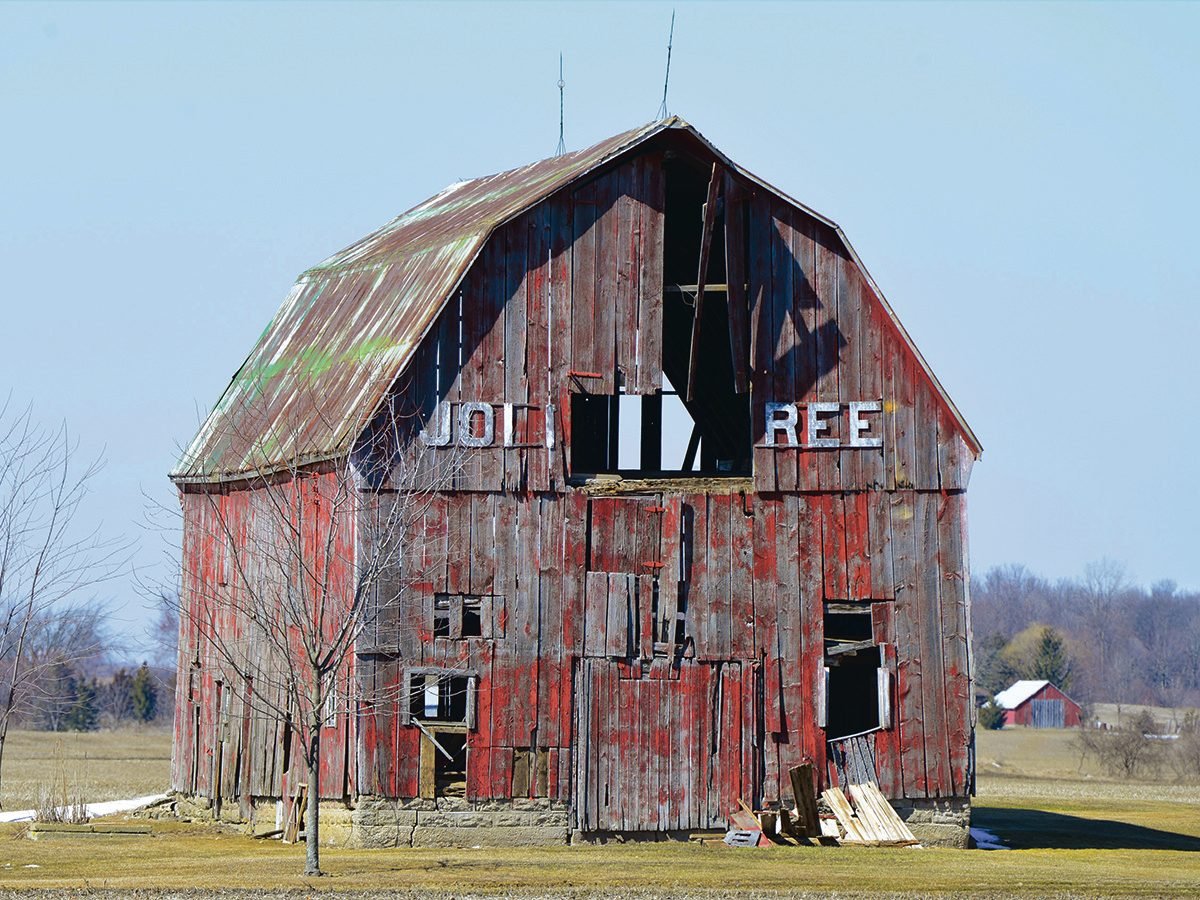
Worn and Weathered
Several barns are in various stages of being dismantled, or are simply falling down. In the past, one popular trend was to find weathered barn boards, dismantle them and then install them in your home—they added a lot of character, for sure.
When viewing the skeleton of a barn after the boards are gone, you would think that the boards had been merely a covering, but in fact they formed an integral part of the stability of the complete barn, providing resistance to wind and rain.
Here are 10 great Canadian history podcasts worth adding to your playlist.
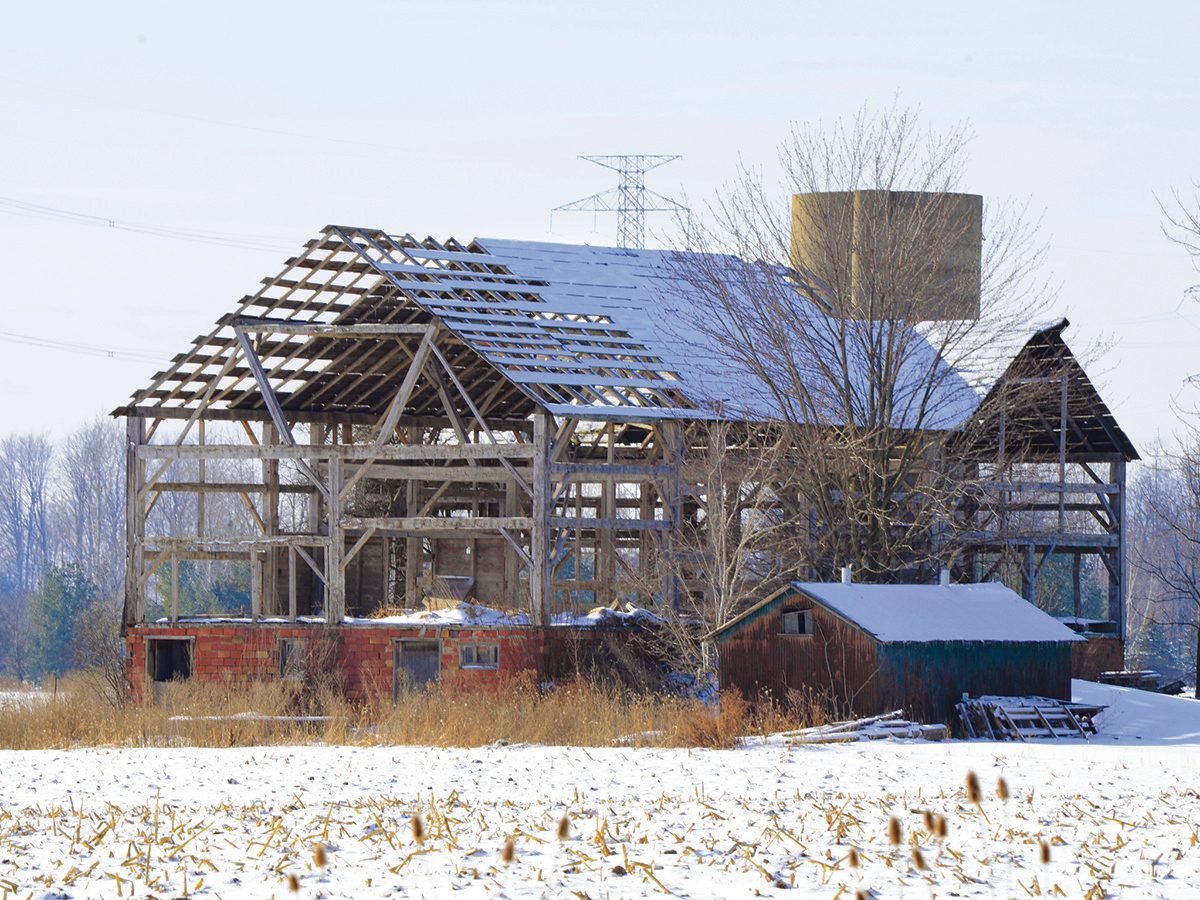
The Beginning of the End
The barns with missing boards or ones that have had part of their metal roofs blown off are the ones I refer to as doomed. Once this process begins, the barn will collapse relatively quickly. A year or two of rain on the dry hardwood beams, coupled with an entry for the wind to blow through, often speeds up the process. Gravity always seems to win in the end.
Another factor that contributes to the disappearance of these old barns is economics, including property taxes. Once the landowner realizes that the barn, which is often completely empty, is costing extra money in tax assessment, an excavator is brought in and the barn is dismantled quickly, often leaving the original farmhouse as the only building on the property.
Take a look at Canada’s most beautiful covered bridges.
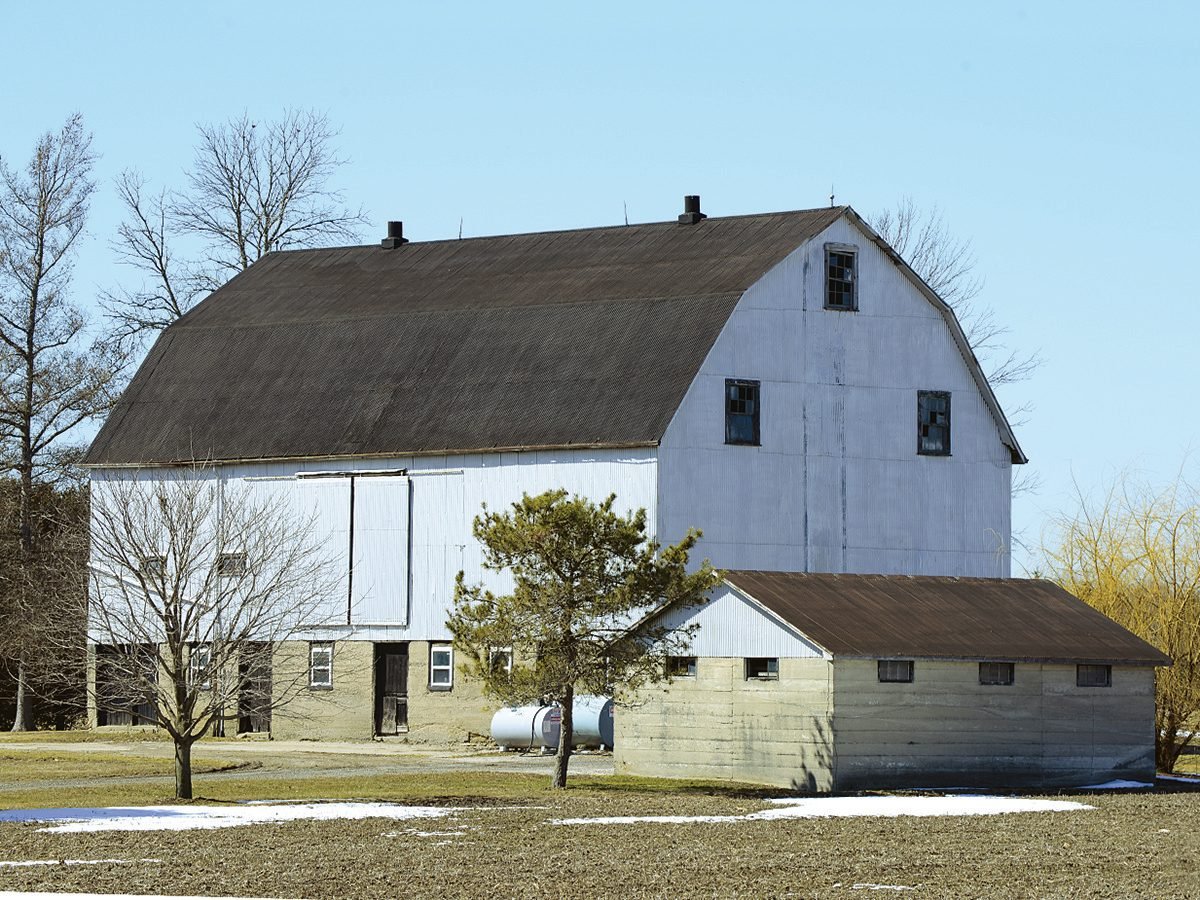
Photographing Abandoned Barns Across Canada
Chasing down these barns has been an interesting project. Mary Lynn and I now notice these barns while travelling everywhere, including Manitoba, Saskatchewan, other parts of Ontario and even the United States. In one locale in Ontario, they have a project that encourages residents to photograph local barns and send the photos, along with the barns’ locations, to the local museum—what a great idea.
Now when we take road trips, Mary Lynn and I schedule extra time to stop and photograph unique barns. It certainly makes for interesting conversations while we drive, and helps the time pass quickly.
Next, check out another gorgeous gallery of Canadian barn photography.